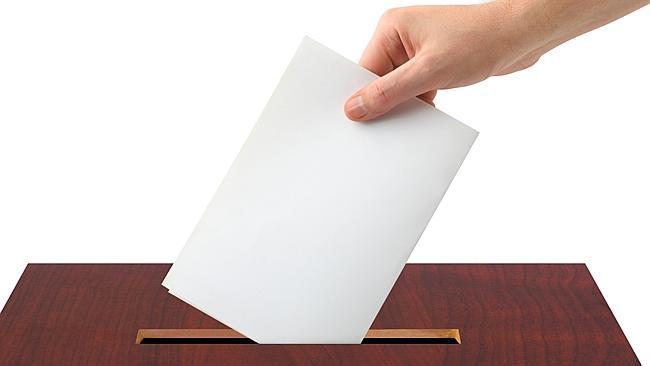Electoral boundaries should be changed, political scientist says
THE system governing the creation of the state’s electoral boundaries should be altered to ensure the rise of minor parties and independents do not skew future redraws, a political scientist says.

SA News
Don't miss out on the headlines from SA News. Followed categories will be added to My News.
THE system governing the creation of the state’s electoral boundaries should be altered to ensure the rise of minor parties and independents do not skew future redraws, a political scientist says.
The SA Electoral Districts Boundaries Commission yesterday heard evidence from Adelaide University political scientist Professor Clem Macintyre about the constraints of the systems used to determine the make-up of the electorates.
SA is the only state to have a fairness clause — section 83 of the Constitution Act — which aims to provide the best chance for the party that wins the majority of the two-party preferred vote to form government.
But Professor Macintyre said the system was constrained because it did not take into consideration that independents or minor parties which may win lower house seats.
“It (the system) assumes there is a battle between the two parties and no others,” Professor Macintyre said.
It comes as an Advertiser/Galaxy poll today found that Team Xenophon would receive 24 per cent of the primary vote if it decided to stand candidates in the next state election.
The results suggest the party could pick up several seats from both Labor and Liberal — depending on the outcome of preference deals.
When questioned by Thomas Duggan, SC — representing the Liberal Party — Professor Macintyre said the two-party preferred methodology could become less relevant if the polling was correct and Team Xenophon became the third political force in SA.
Mr Duggan also questioned Professor Macintyre on the fairness of the 2012 redraw of the boundaries which left more notional Labor seats, despite the fact it received less of the two-party preferred vote in the 2010 election than the Liberal Party.
Mr Duggan said that the Liberals would be required to win Hartley, Ashford, Elder and Mitchell to form government and would be required to register “an extraordinary” two-party preferred vote of 54 per cent to win the election.
Professor Macintyre said it would be “a challenge” for the Liberal Party to win 54 per cent of the vote in an election.
The Liberal Party won 53 per cent of the two-party preferred vote at the 2014 election but Labor formed a minority government with the support of two regional independents, Geoff Brock and Dr Bob Such, who died from a brain tumour in October 2014.
Professor Macintyre said the two-party preferred results used by the commission to redraw the boundaries were imperfect.
“There are a large number of Liberal seats (in the country) which have large majorities,” he said.
“(And under the system), seats won by an independent are handed to the Liberal side of the pendulum.”
Professor Macintyre said new mathematical models could be used to better gauge the voting intent of geographical areas and should be considered.
But he said there was no way to account for candidate selection and tactics in marginal seats.
“I would suggest some blame lies with the Liberal party (for the 2014 election result) because of the decision making led them to that outcome,” Professor Macintyre said.


